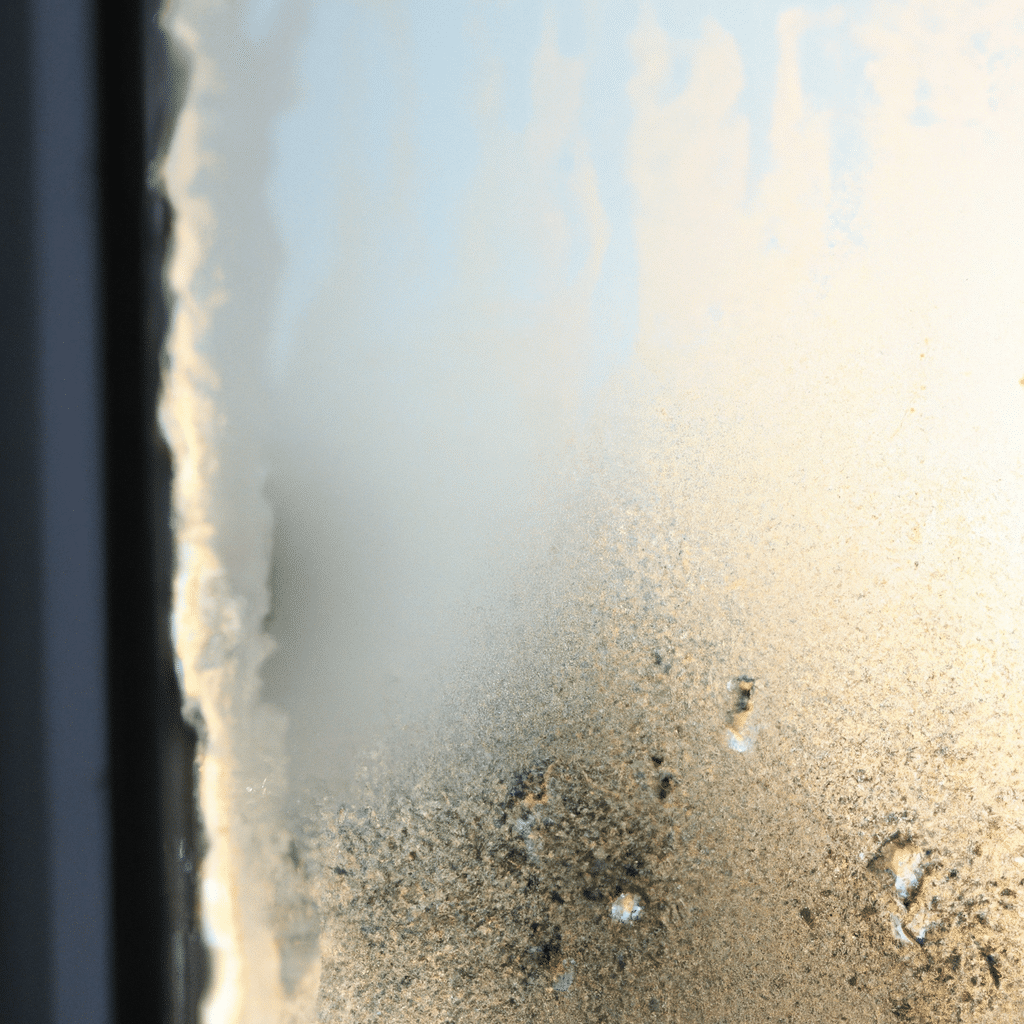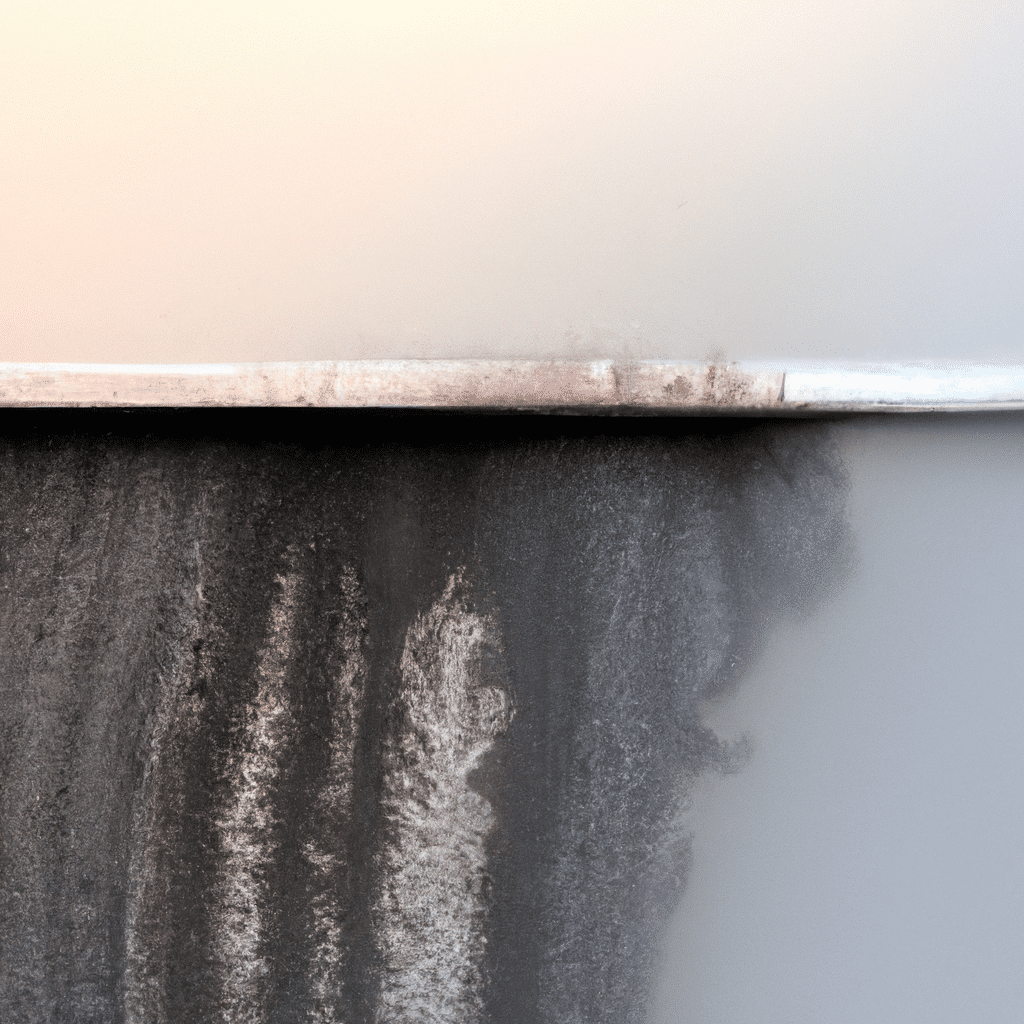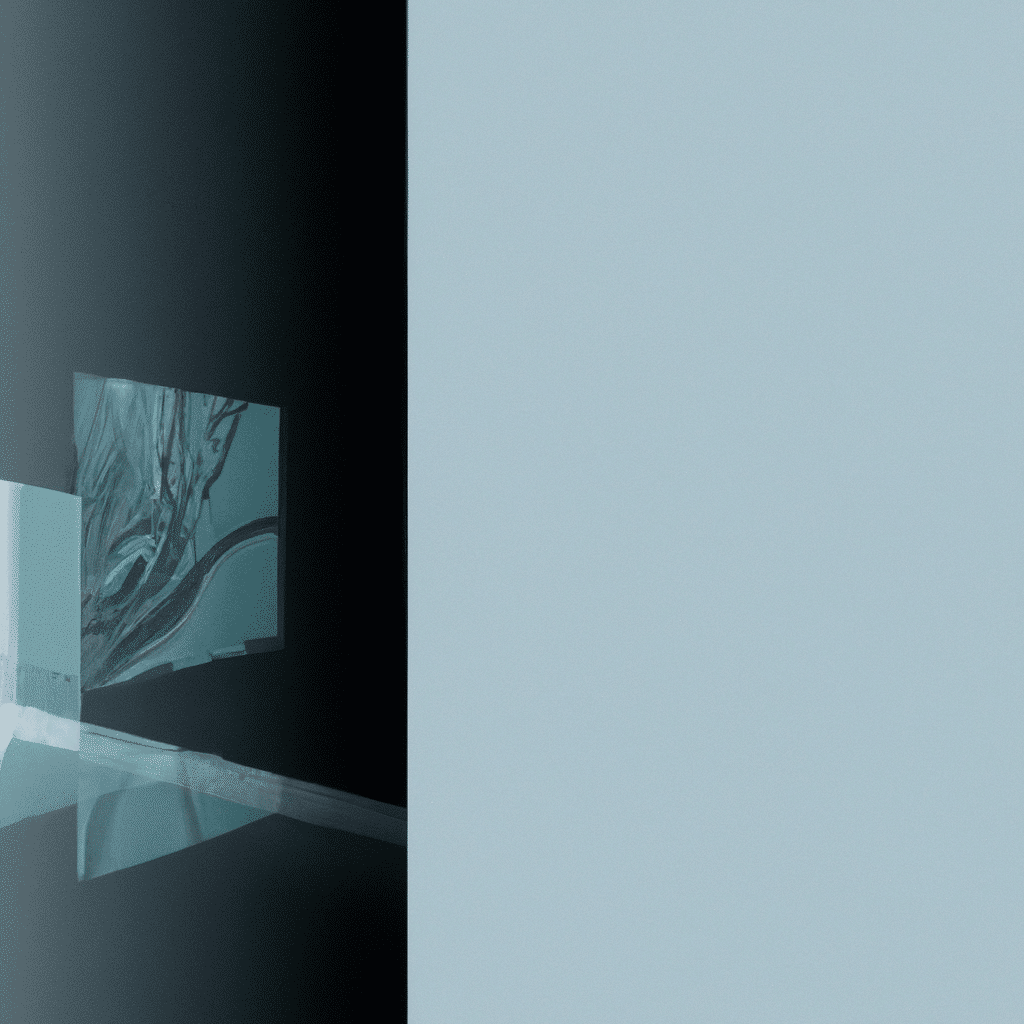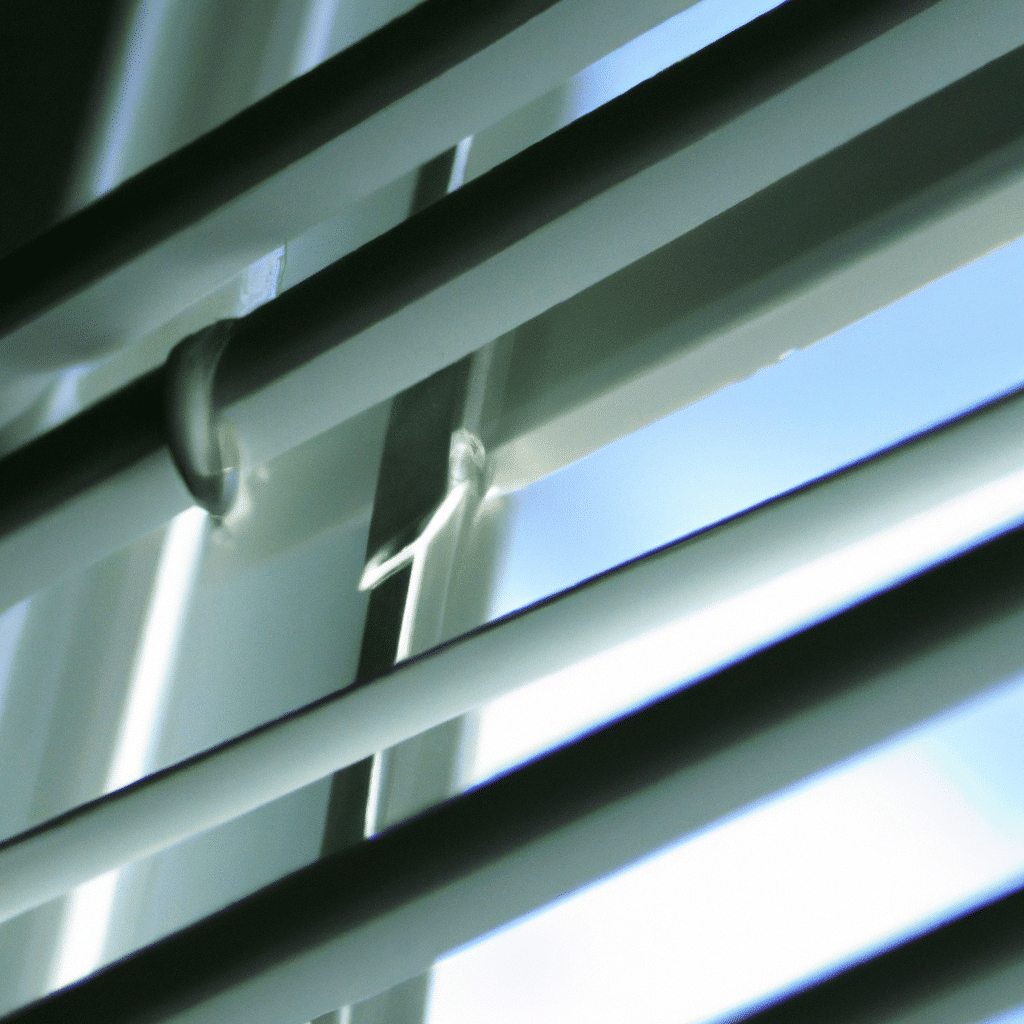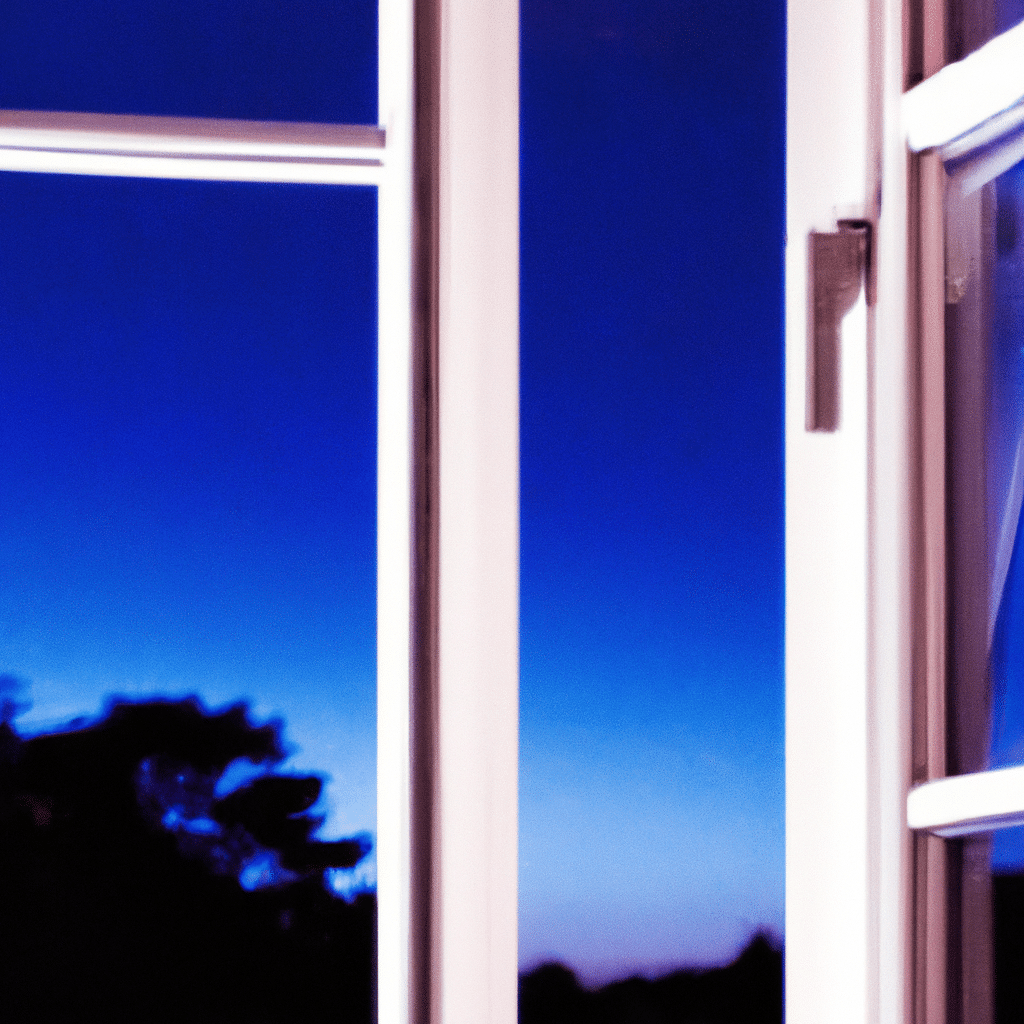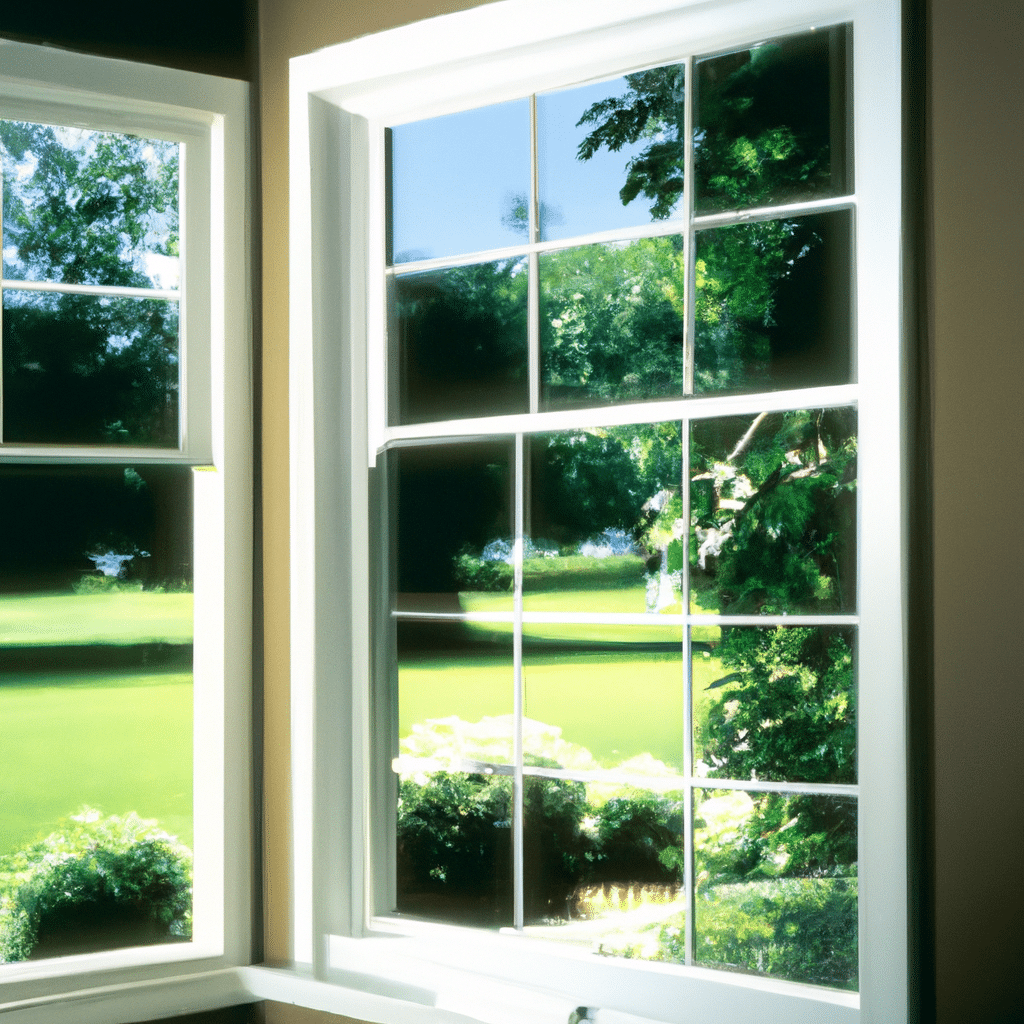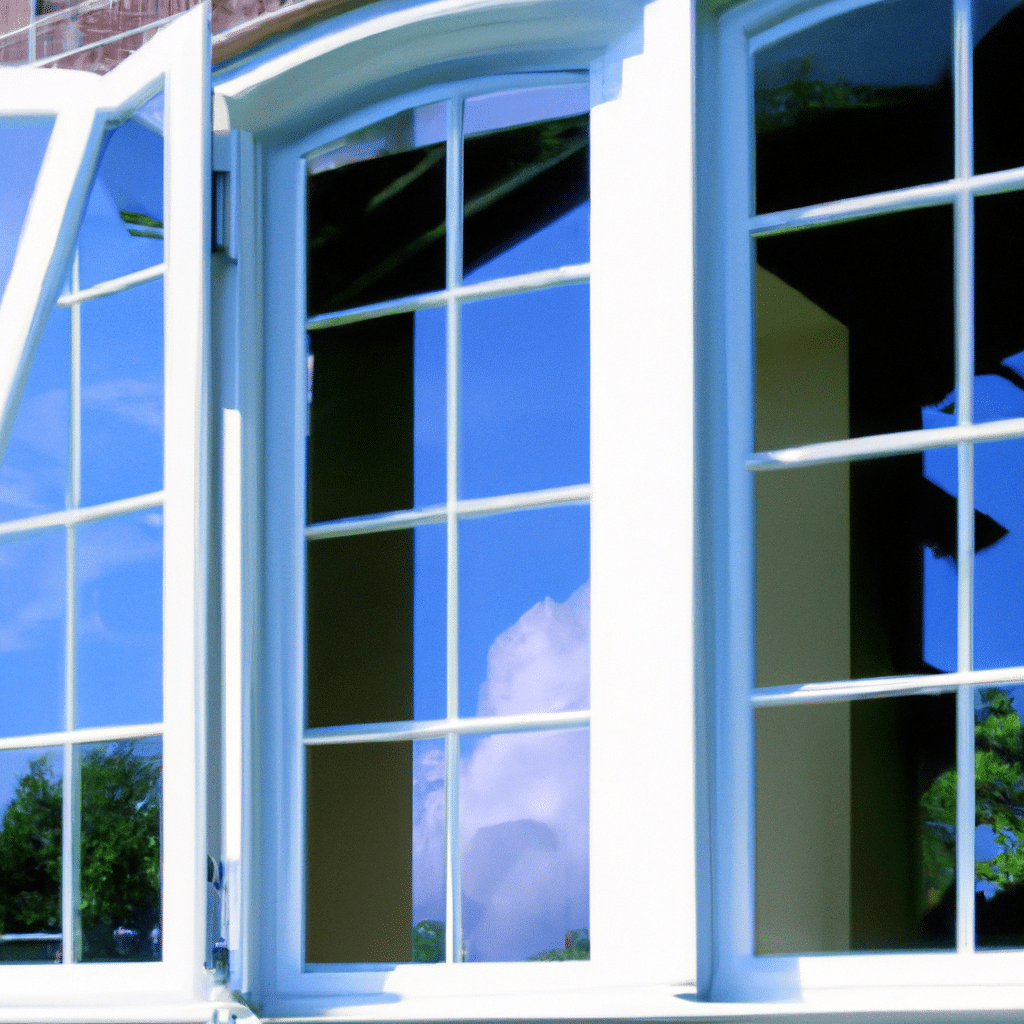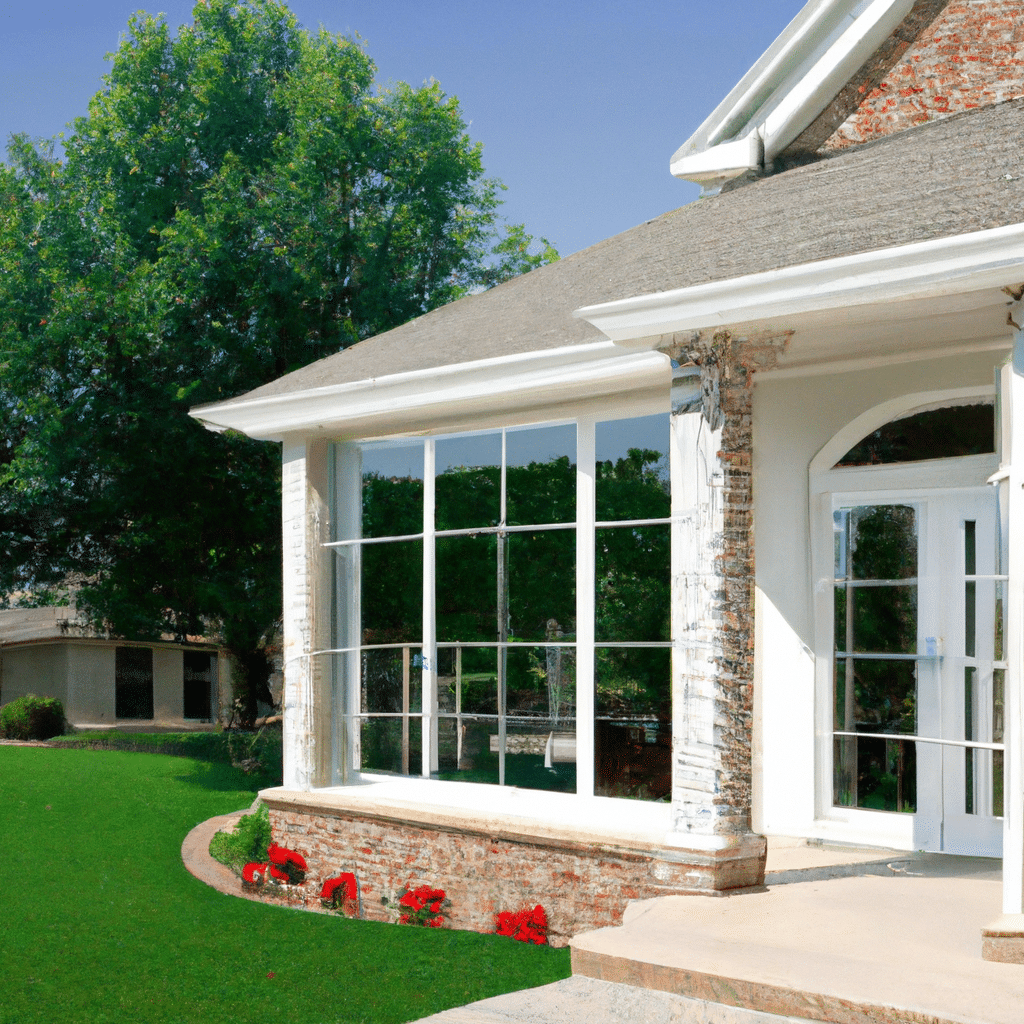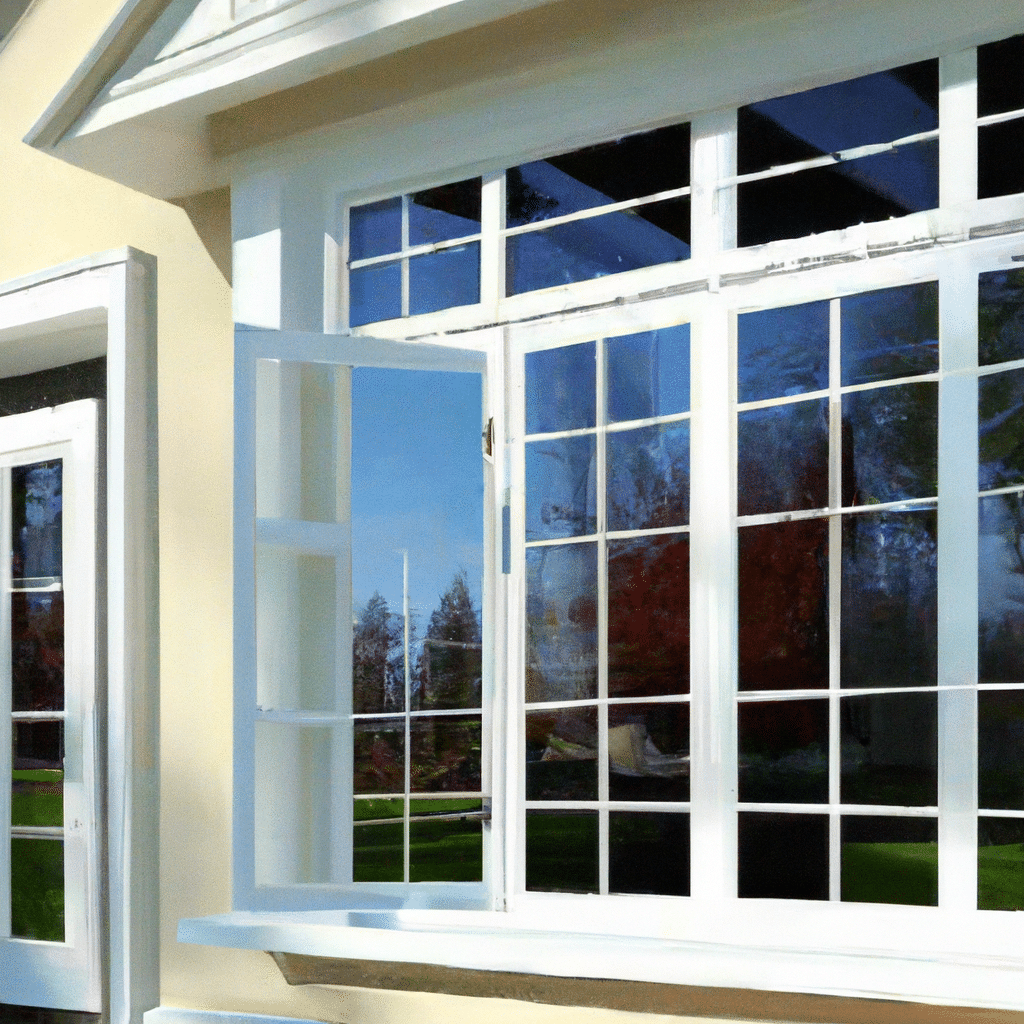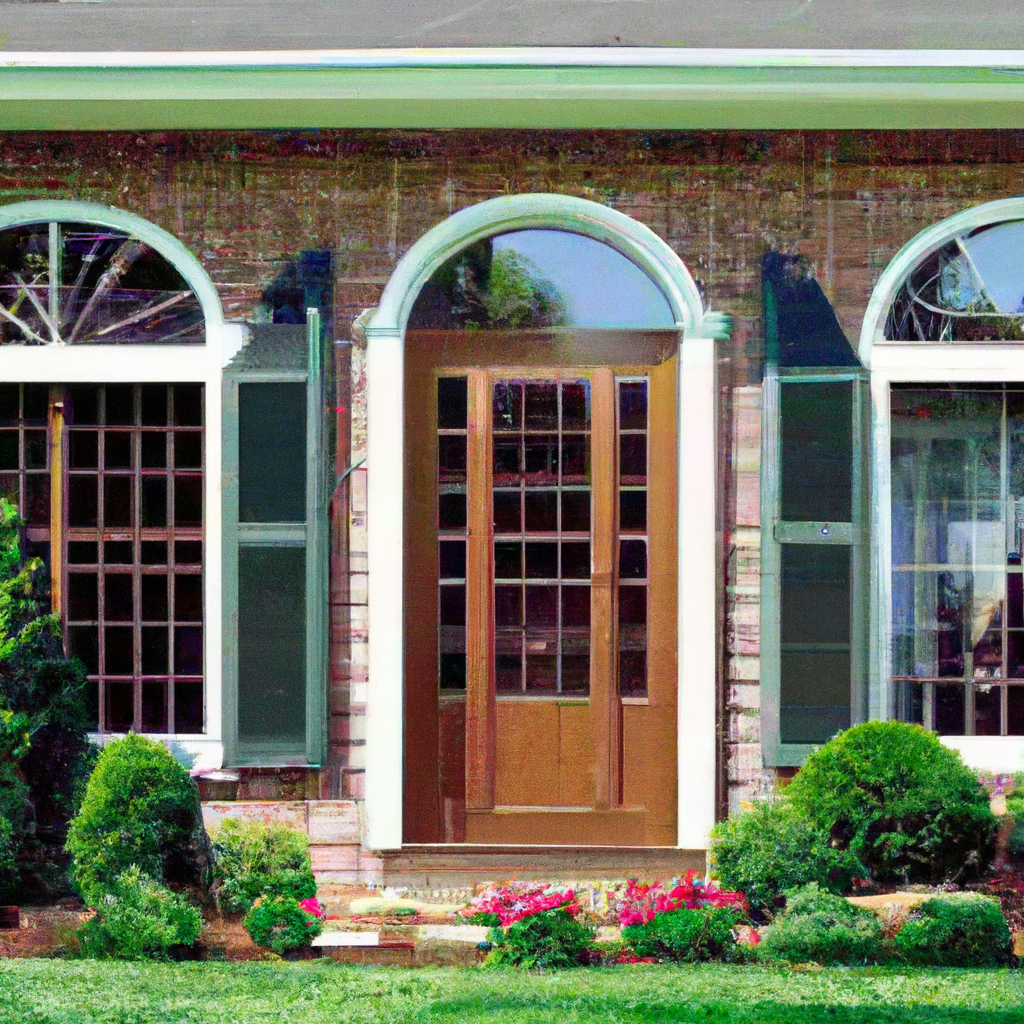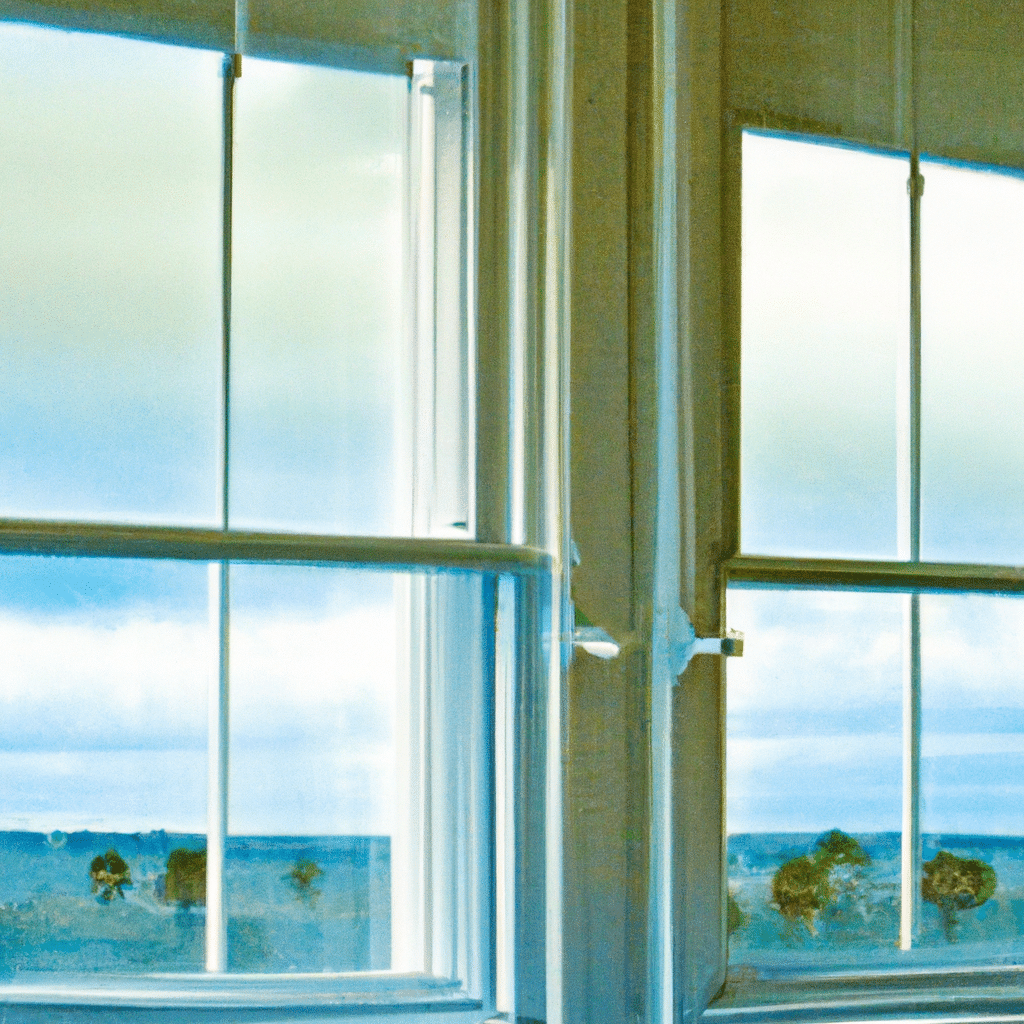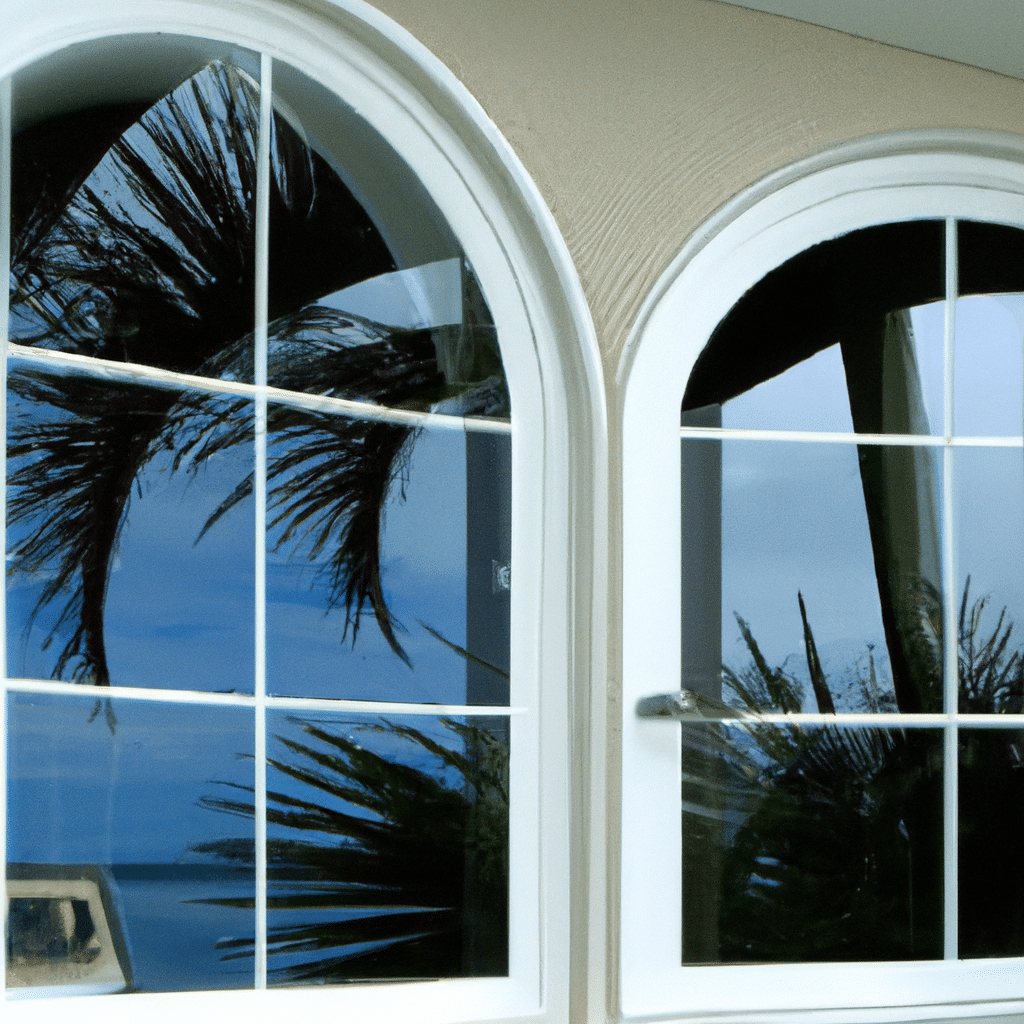So, you’re considering installing impact windows in your home, but you’re wondering if it’s really worth the investment. Well, I’ve got some good news for you! Installing impact windows not only enhances the safety and security of your home, but it can also provide a significant return on investment. Impact windows are designed to withstand high winds, flying debris, and even attempted break-ins, making your home safer and more resistant to damage. But it doesn’t stop there – these windows also offer energy efficiency benefits, helping to reduce your monthly utility bills. So, let’s take a closer look at the return on investment you can expect from installing impact windows.
Overview of Impact Windows
What are impact windows?
Impact windows, also known as hurricane windows, are specially designed windows that are built to withstand high winds, extreme weather conditions, and potential debris impacts. Unlike regular windows, impact windows are made with multiple layers of impact-resistant glass and a sturdy frame to provide protection against hurricanes, storms, and burglaries.
How do impact windows work?
The construction of impact windows involves the use of laminated glass, which consists of two layers of glass bonded together with an interlayer of polyvinyl butyral (PVB). This process creates a strong, shatter-resistant barrier that can withstand significant force. When subjected to impact, the glass may crack, but it remains intact, preventing shards from flying into your home and reducing the risk of injury or property damage.
Benefits of impact windows
There are several benefits of installing impact windows in your home. Firstly, they provide unparalleled protection during severe weather events, minimizing the risk of damage, and ensuring the safety of you and your family. Impact windows also offer noise reduction capabilities, helping to create a peaceful and quiet living environment. Additionally, these windows enhance home security by acting as a deterrent to potential intruders. Moreover, impact windows are energy-efficient, providing insulation that can reduce heating and cooling costs.
Common types of impact windows
There are various types of impact windows available on the market, each with its own unique features and benefits. These include single-hung windows, double-hung windows, casement windows, horizontal sliding windows, and awning windows. Single-hung windows are the most common and cost-effective option, while casement windows offer excellent ventilation. Double-hung windows allow for easy cleaning and maintenance, and horizontal sliding windows are ideal for wide openings. Awning windows are hinged at the top and open outwards, providing excellent ventilation and protection from the rain.
Factors Affecting the Return on Investment
Initial cost
One of the main factors to consider when assessing the return on investment for impact windows is the initial cost. The price of impact windows can vary depending on several factors, such as the size and type of windows, the quality of materials used, and the complexity of the installation. While impact windows may have a higher upfront cost compared to regular windows, their long-term benefits often outweigh the initial investment.
Energy savings
One of the significant advantages of impact windows is their energy-efficient properties. The insulation provided by these windows helps to regulate indoor temperatures, reducing the need for excessive heating or cooling. As a result, homeowners can benefit from lower energy consumption and subsequently reduced energy bills. The amount of energy savings will depend on factors such as climate, window orientation, insulation, and overall energy usage patterns.
Insurance premium discounts
Another financial benefit of installing impact windows is the potential for insurance premium discounts. Many insurance companies offer discounts for homes equipped with impact windows because they provide added protection against severe weather damage and intrusions. Homeowners should check with their insurance providers to determine the specific discounts available and any requirements that need to be met to qualify for these savings.
Increased home value
The installation of impact windows can have a positive impact on the overall value of your home. Potential buyers are more likely to be attracted to properties with impact windows due to the added protection, energy efficiency, and reduced maintenance costs they offer. Additionally, homes equipped with impact windows may command a higher selling price and have improved marketability in areas prone to hurricanes or severe weather conditions.
Maintenance and durability
When considering the return on investment for impact windows, it’s essential to evaluate the maintenance requirements and durability of these windows. Impact windows are designed to withstand the test of time and require minimal maintenance compared to other alternatives such as hurricane shutters. Regular cleaning and inspection are generally sufficient to keep them in good condition. The durability of impact windows ensures that they maintain their functionality and protective features over many years, contributing to their long-term value and ROI.
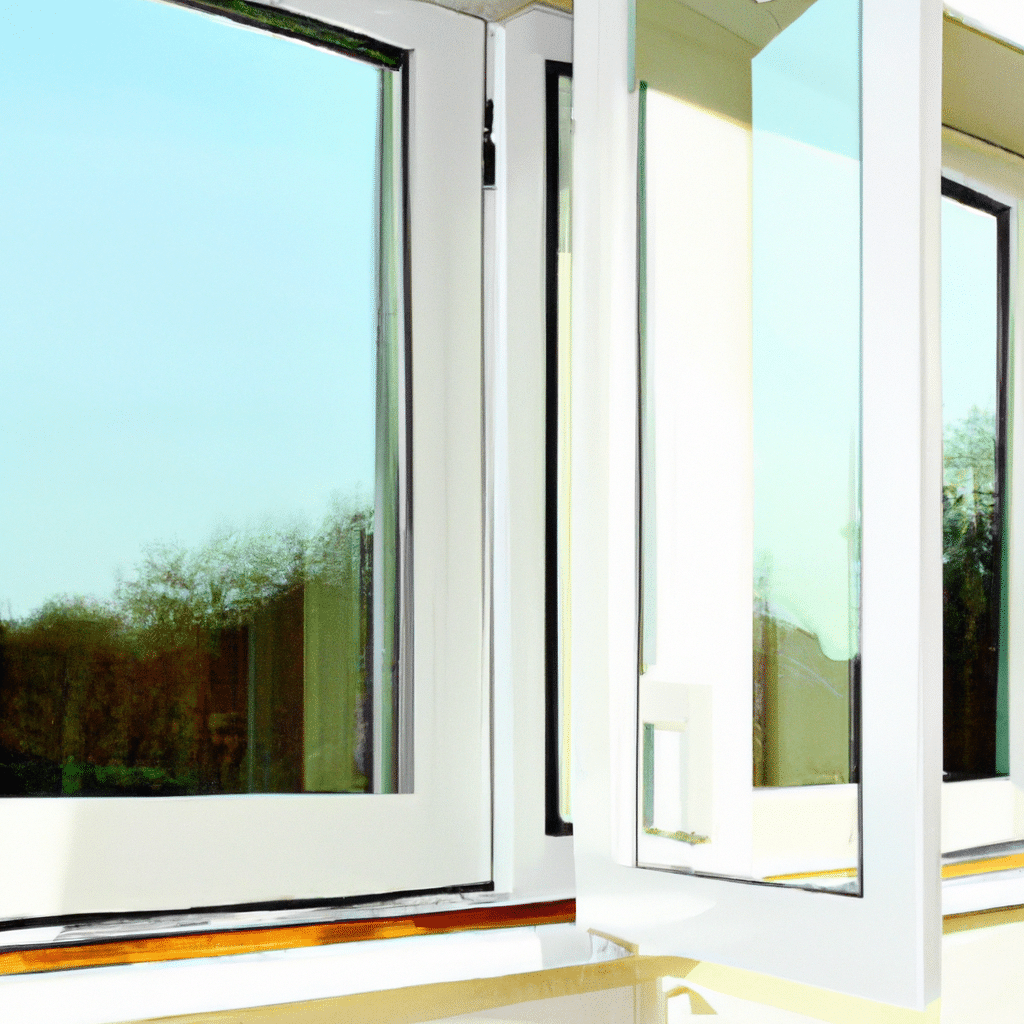
Calculating the Return on Investment
Understanding the payback period
To determine the return on investment for impact windows, it’s crucial to consider the payback period. The payback period represents the length of time it takes to recoup the initial investment through savings generated by the impact windows. This period can vary depending on factors such as the cost of the windows, energy savings, insurance discounts, and potential increase in home value.
Considering energy savings
Energy savings play a significant role in the ROI calculation for impact windows. By reducing the amount of energy required for heating and cooling, impact windows can lead to substantial cost savings over time. Homeowners should evaluate their current energy usage, take into account the energy efficiency of impact windows, and calculate the potential savings based on their local energy rates.
Incorporating insurance premium discounts
The potential discounts on homeowners’ insurance premiums should also be factored into the ROI calculation. Contacting insurance providers to understand the specific discounts available and any requirements for impact window installation is essential. By incorporating the annual savings from reduced insurance premiums, homeowners can have a more accurate assessment of the financial benefits offered by impact windows.
Evaluating the impact on home value
Another aspect to consider when calculating ROI is the potential increase in home value resulting from impact window installation. Researching local real estate market trends and consulting with real estate professionals can provide insights into the potential impact on home value. Homeowners can estimate the increase by comparing the selling prices of similar properties with and without impact windows in their area.
Cost Considerations
Cost of impact windows
The cost of impact windows can vary depending on several factors, such as the size, type, and quality of the windows. On average, homeowners can expect to pay between $500 and $1,500 per window, including installation. However, it’s important to note that this is a general estimate, and prices can vary significantly based on individual circumstances and requirements.
Installation costs
In addition to the cost of the windows themselves, homeowners must also consider the installation costs associated with impact windows. The complexity of the installation, the number of windows being replaced, and the location of the property can influence the installation costs. It’s recommended to obtain quotes from reputable contractors to get a more accurate estimate of the total project cost.
Additional expenses to consider
When budgeting for impact windows, it’s essential to factor in any additional expenses that may arise. For example, if the existing window frames need to be modified or replaced to accommodate impact windows, these costs should be taken into account. It’s also worth considering any permits or inspection fees that may be required by local authorities. By accounting for these potential expenses, homeowners can ensure they have a realistic understanding of the overall cost of installing impact windows.
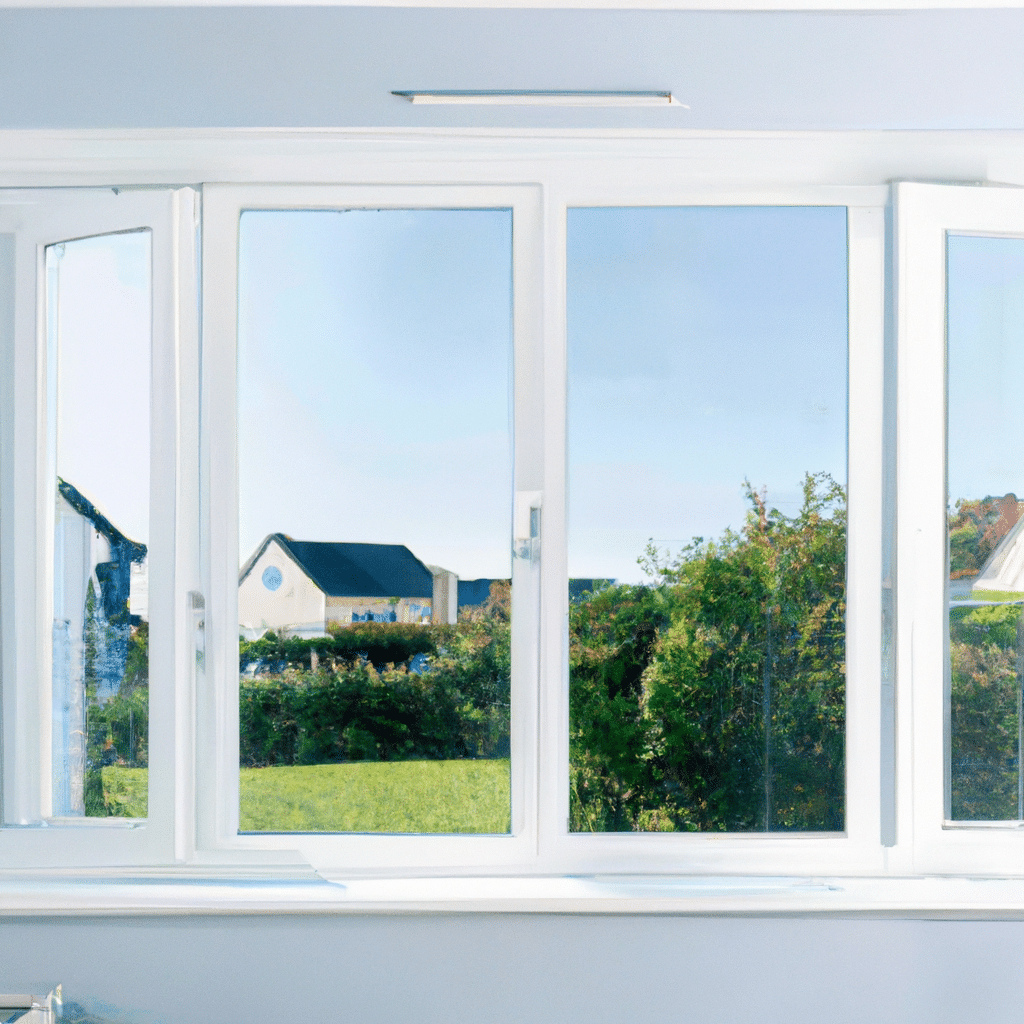
Energy Savings
How impact windows help reduce energy consumption
Impact windows contribute to energy savings by providing improved insulation for your home. The multiple layers of laminated glass and airtight seals help to prevent air leakage, reducing drafts and heat transfer. This means your HVAC system doesn’t have to work as hard to maintain a comfortable indoor temperature, resulting in lower energy consumption and reduced utility bills.
Calculating energy savings
To estimate the energy savings impact windows can provide, it’s important to consider several factors. Start by assessing your current energy usage, taking note of the average monthly heating and cooling costs. Next, determine the energy efficiency rating of the impact windows you’re considering, which can usually be found on product labels. By comparing the energy efficiency of impact windows to your existing windows, you can calculate potential energy savings over time.
Impact of energy savings on return on investment
Energy savings can have a significant impact on the return on investment for impact windows. By lowering your monthly heating and cooling costs, impact windows help recoup the initial investment over time. The value of these savings will depend on various factors such as climate, insulation, energy rates, and your household’s energy consumption patterns. Incorporating these savings into your ROI calculations will provide a more accurate assessment of the long-term financial benefits of impact windows.
Insurance Premium Discounts
Understanding insurance discounts
Many insurance providers offer premium discounts for homeowners who invest in impact windows. By providing an added layer of protection against severe weather events, impact windows can reduce the risk of property damage, thus lowering the insurance company’s liability. These discounts can range from 5% to 30% off the homeowner’s insurance premium and can vary depending on the specific insurance company and policy.
Requirements for impact windows
To qualify for insurance premium discounts, homeowners typically need to ensure that their impact windows meet certain requirements. These requirements may include specific impact ratings such as the American Society for Testing and Materials (ASTM) standards or the Miami-Dade County impact test requirements. It’s important to consult with your insurance provider to understand the specific requirements and ensure compliance to avail the full benefits of potential premium savings.
Estimating potential premium savings
The potential savings on homeowners’ insurance premiums will depend on factors such as the insurance company, policy coverage, and the location of the property. To estimate potential premium savings accurately, homeowners should contact multiple insurance providers to obtain quotes that reflect the impact window installation. By comparing these quotes, homeowners can determine the potential premium savings and factor them into their overall return on investment calculations.
Increased Home Value
Impact of impact windows on property value
Installing impact windows can have a positive impact on the value of your home. Potential buyers are increasingly aware of the benefits and safety features provided by impact windows, making them more willing to pay a premium for properties equipped with these windows. The added protection against severe weather events, increased energy efficiency, and enhanced security contribute to the overall appeal and value of a home.
Factors influencing the increase in home value
Several factors can influence the increase in home value resulting from the installation of impact windows. The location of your property plays a significant role, particularly if you live in an area prone to hurricanes or severe weather conditions. The overall real estate market conditions and trends in your area also contribute to the potential increase in home value. Additionally, the quality, type, and number of impact windows installed can influence the perceived value of your home.
Calculating the potential increase
Estimating the potential increase in home value can be challenging, as it depends on various factors. Consulting with real estate professionals and researching recent property sales in your area can provide insights into the premium buyers are willing to pay for homes with impact windows. By comparing the selling prices of similar properties with and without impact windows, homeowners can get a rough estimate of the potential increase and factor it into their return on investment calculations.
Maintenance and Durability
Longevity of impact windows
One of the advantages of impact windows is their durability and long lifespan. These windows are built to withstand extreme weather conditions and maintain their integrity over time. High-quality impact windows can last for several decades, requiring minimal maintenance and providing protection and other benefits throughout their lifespan.
Maintenance requirements
Maintaining impact windows is relatively straightforward and requires minimal effort. Regular cleaning to keep them free from dirt and debris and occasional inspection to check for any signs of damage or wear are generally sufficient. It’s also important to ensure that the window frames and seals are intact and functioning correctly. By following these simple maintenance practices, homeowners can ensure the longevity and optimal performance of their impact windows.
Effects on return on investment
The durability and low maintenance requirements of impact windows contribute positively to their return on investment. Unlike other alternatives such as hurricane shutters or window film, impact windows can last for decades without the need for frequent repairs or replacements. This means homeowners can enjoy the benefits of impact windows while minimizing additional expenses, thus enhancing the overall return on investment.
Comparing Impact Windows to Other Alternatives
Impact windows vs. hurricane shutters
While both impact windows and hurricane shutters provide protection against severe weather, there are several key differences between the two. Impact windows offer permanent protection without the need for manual installation and removal, making them more convenient and user-friendly. They also provide added security and energy efficiency benefits. On the other hand, hurricane shutters usually have a lower upfront cost but require installation and removal each time they are needed. Additionally, shutters can obstruct views and natural light when closed.
Impact windows vs. window film
Window film is another alternative to impact windows that aims to enhance window strength and protect against breakage. While window film can provide some level of protection, it is not as effective as impact windows in preventing debris penetration or withstanding high wind pressures. Window film may be a more affordable option, but it does not offer the same level of security, noise reduction, and energy efficiency benefits as impact windows.
Pros and cons of each option
When comparing impact windows, hurricane shutters, and window film, it’s important to consider the pros and cons of each option. Impact windows offer permanent protection, excellent energy efficiency, increased home value, and enhanced security but come with a higher upfront cost. Hurricane shutters can provide temporary protection, are typically more affordable, but require manual installation and can obstruct views. Window film offers a more cost-effective option but lacks the same level of protection, insulation, and longevity as impact windows.
Conclusion
Reviewing the return on investment
The return on investment for installing impact windows incorporates several factors, including the initial cost, energy savings, insurance premium discounts, increased home value, and maintenance requirements. While impact windows may have a higher upfront cost compared to other alternatives, they provide long-term benefits such as protection against severe weather, noise reduction, energy efficiency, enhanced security, and potential resale value. As demonstrated by the comprehensive analysis above, impact windows offer a favorable return on investment that can make them a wise choice for homeowners seeking to increase their safety, comfort, and property value.
Factors to consider when deciding on impact windows
When deciding on impact windows, it’s crucial to consider your specific needs and circumstances. Factors such as your location, property value, existing window condition, and budget should all be taken into account. Consulting with reputable window suppliers and contractors can provide invaluable insights and help you make an informed decision. Ultimately, installing impact windows can be a smart investment that not only provides peace of mind and added protection but also offers long-term financial benefits.

